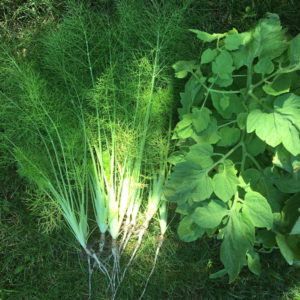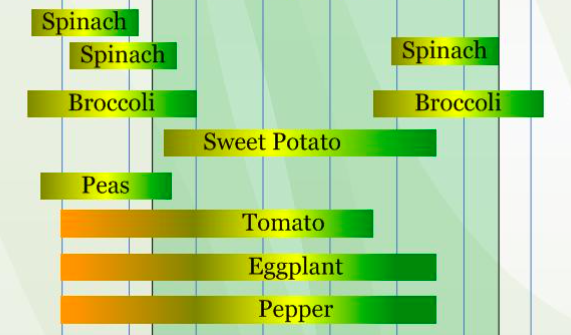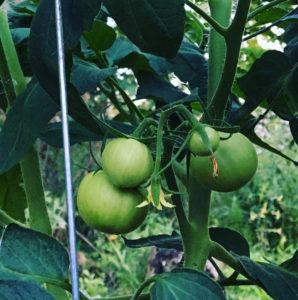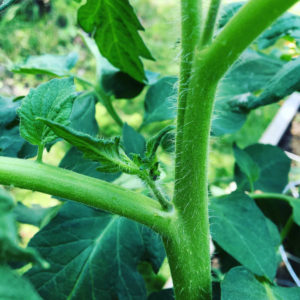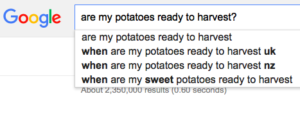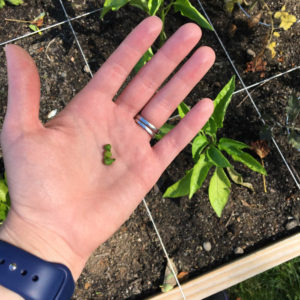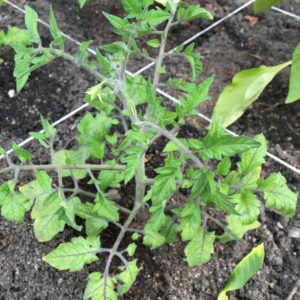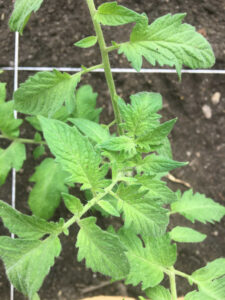
One of my garden goals for 2017 is to switch over to drip irrigation for my vegetable garden raised beds. Last year, I used a tripod sprinkler, which wasted a lot of water and left me with some disease problems.
I’ve been pretty intimidated at the thought of drip tubes. You basically buy all the parts to make a custom hose and put it together yourself. Where’s my welding torch? Oh yeah, I don’t have one.
So you need to make sure you have the right lengths and types of tubing. The parts have names that are extremely not self-explanatory. What’s the difference between soaker dripline and microtubing? And let’s not get started on fittings and couplings. I’m sure I’m going to punch a hole in the tubing where I don’t want a hole.
Where Do I Start?
I’ve started listening to and loving the Encyclopedia Botanica podcast by the Seattle Urban Farm Company, so I searched for drip irrigation on their blog to see if they had anything to say about it. I found this post on drip irrigation, in which Seattle Urban Farm Company’s Hilary Dahl recommends the Dripworks Garden Bed Irrigation Kit. Everything I need in one box? No more deciphering? Sounds good to me.
On the product page for the kit, Dripworks has (smartly) included a how-to video, which I will be studying diligently and taking notes on. And bonus — it looks like a welding torch is not required.
This stuff is just not second nature to me. While the video is great, there are still a few things I’m confused about.
Backflow prevention. I hear they might be important. No idea if I need it. Websites suggest you check with your local city code to see if they’re required. Ppfftt. I don’t know who to ask — I don’t even know what to Google. I just want to grow some tomatoes! I’m not adding an addition onto my house! I skipped it for now.
Timer weight worries. The Dripworks website recommends a high-pressure hose extension if you plan to use a timer. I’ll definitely be using a timer, but it doesn’t seem like it will be heavy enough to mess up my spigot. Anyone have experience with this?
Distance to the beds. Another issue is that the spigot and the raised beds aren’t exactly close to each other. Does anyone bury the hose that runs from the spigot to the beds? Is that a good idea?
Dripworks offers one of those real-time chats on its website, so that’s a good card to have in my back pocket if something doesn’t work out.
Well, my kit should arrive next week. Another thing checked off my to-do list.
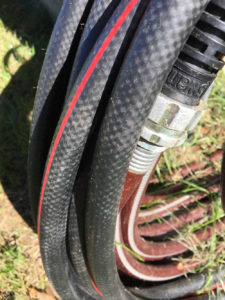 I’m in the process of finishing up my first summer of vegetable gardening and I’m looking back on quite a few successes. I started in April with seeds and I grew and harvested tomatoes, peppers and zucchini in July through September. I stopped an outbreak of blossom end rot.
I’m in the process of finishing up my first summer of vegetable gardening and I’m looking back on quite a few successes. I started in April with seeds and I grew and harvested tomatoes, peppers and zucchini in July through September. I stopped an outbreak of blossom end rot.